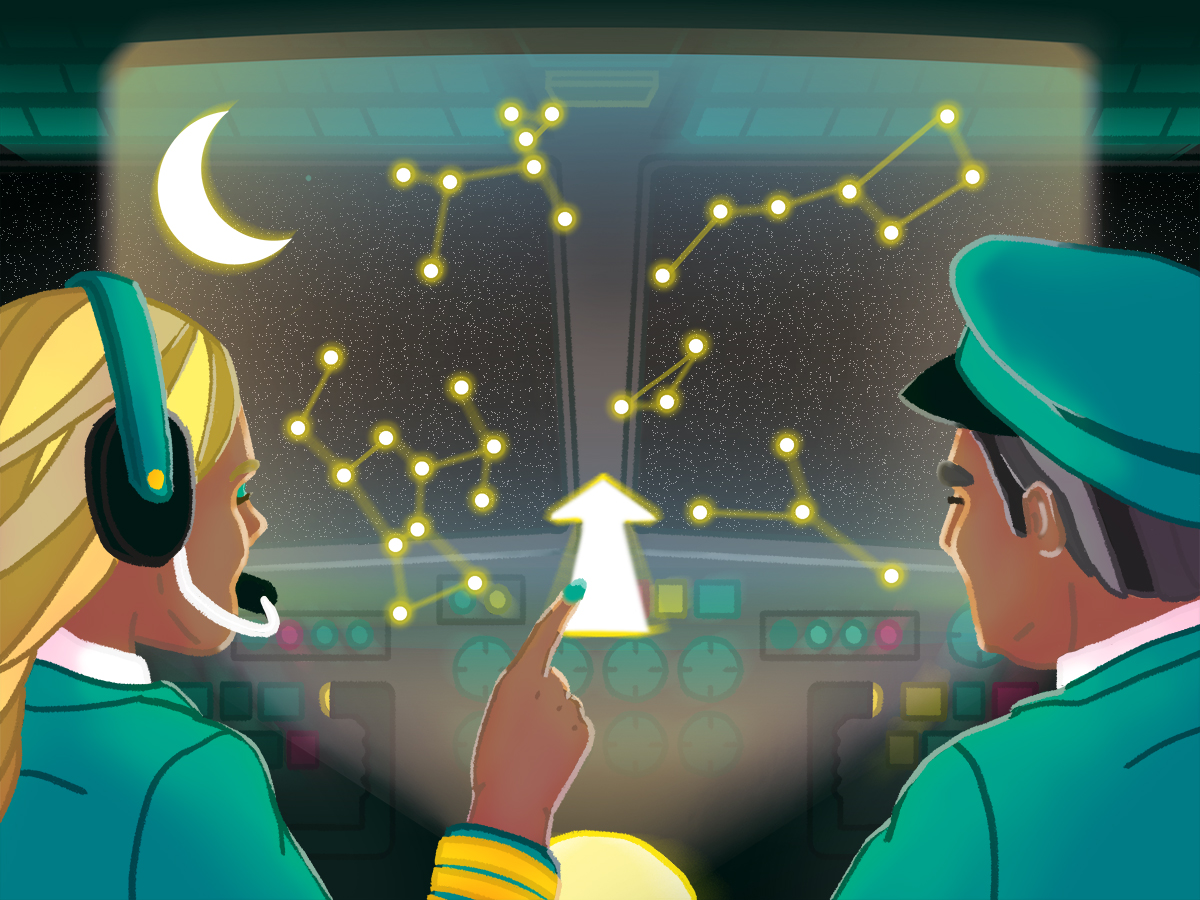
With so much interest today in commercial space travel, you may think that space technologies are exclusively concerned with finding new planets to inhabit, like Elon Musk’s mission to colonize Mars. Some think of space travel as a leisure pursuit for billionaires who’ve already been everywhere they want on Earth.
But what’s less discussed is the contribution space technologies have made to life on Earth. Let’s explore five of the most remarkable achievements enabled by space travel, which we now experience every day.
Is there mouse on Mars?
We interface with computers today using a keyboard and mouse or trackpad, a convenience we take for granted. But in the early days of computing in the 1950s, computers had no graphical interface and only worked using command lines.
In the early 1960s, NASA funded Doug Englebart’s experiments with different input systems to improve the way people could interact with computer screens. NASA needed advanced data input and analysis to enhance their space travel operations. Most researchers expected the winning device to be a light pen, but the technology that won out was the mouse.
The invention of the mouse wasn’t the program’s only claim to fame: project sponsor Bob Taylor left NASA in ’65 to head up the ARPAnet project for the Advanced Research Projects Agency (ARPA), giving rise to the birth of the internet.
Cleaning up the stardust
Wherever you live, you (hopefully) regularly clean your home. Today, your weapon of choice is most likely a vacuum cleaner. I prefer to use the handy cordless vacuum cleaner, another tech that originated from NASA research. The first device of this kind was the 1979 Black & Decker “Dustbuster,” commissioned by NASA for its Apollo mission to be powerful enough to collect core samples from the lunar surface.
Satellites make the world go round
We live in the communication and information age. At the heart of our global communications technologies are satellites – space-based communication we use every day when we make a cellphone call, use the internet or watch satellite TV.
Communications satellites are artificial satellites that relay and amplifies radio communications between a source transmitter and receiver in different locations on Earth. There are now about 2,000 communication satellites in Earth’s orbit, owned and used by commercial companies as well as governments and the military.
Ponder this great innovation in transmitting long-distance data next time you upload a selfie to your Instagram. Beam me up, Scotty.
Navigating road, air and sea from the stars
When you travel by car, boat or airplane, there’s one common technology you will probably use to aid your navigation: GPS (global positioning system), based on a satellite infrastructure.
GPS was started in ’73 by the US Department of Defense, with the prototype space satellite launched five years later. It was initially used exclusively by the US military, but following an order from President Ronald Reagan, civilians started to use the technology for the first time in the 1980s.
Today, no more arguing with your map-bearing co-navigator about whether you took the wrong turn on the highway. The noughties saw the birth of a new co-pilot for drivers to spar with: the sat nav. Turn around when possible.
Improving lives on Earth with healthcare innovation
One field of innovation, which benefits us all, is improvements in the healthcare sector. Thanks to space travel, we’ve experienced faster progress with pacemakers, laser surgery, diagnostic imaging scan technologies (CT and CAT scans), and robots for surgery and production of artificial organs and prostheses.
Suits with embedded biomedical sensors to study how the body responds to living in space led to the creation of a baby monitoring system to protect against cot deaths.
And the innovation continues. In 2019, the UK Space Agency funded Adaptix to develop a pioneering portable 3D medical X-ray machine, based on the technology used to study stars in distant galaxies.
Space technologies are benefiting industry right now. And there are many new space tech-powered business opportunities to get involved with in agriculture, logistics, mining and more. I’m looking forward to seeing what new technologies space travel will bring humankind in the future.




